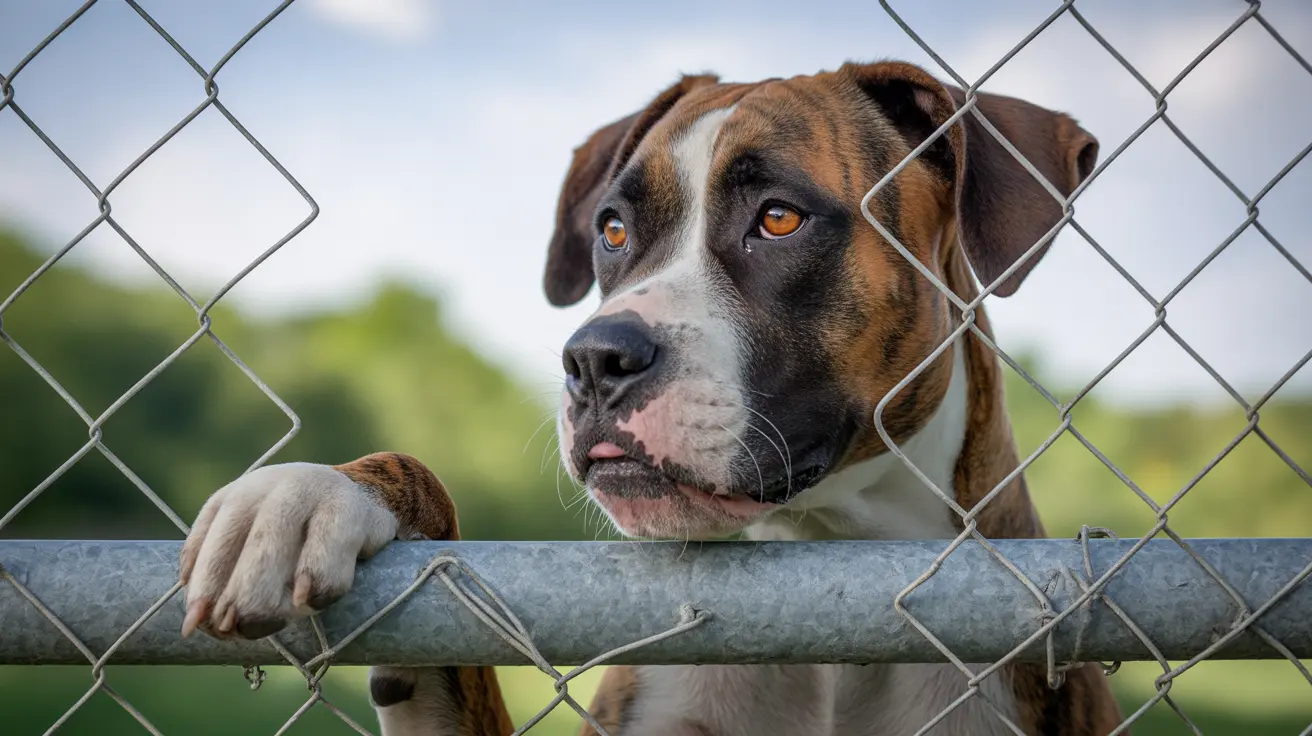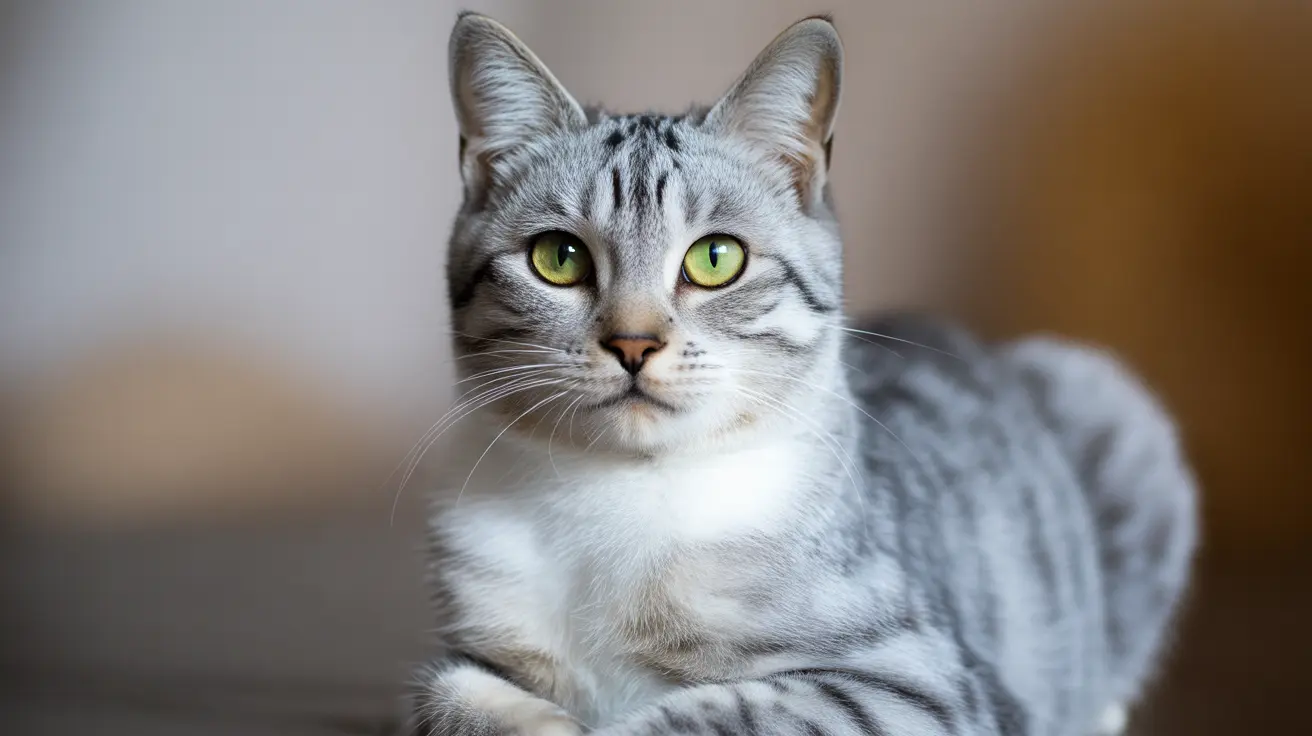Why Do Cats Have the Extra Toe Bean? Understanding Feline Polydactyly
Cats are well-known for their grace, agility, and adorable toe beans — those soft pads on the underside of their paws. Some cats, however, boast an extra toe bean, a feature that appears both charming and peculiar. This additional pad is not just a quirk of nature, but rather a result of a genetic condition known as
polydactyly.
What Is Polydactyly in Cats?
Polydactyly, derived from Greek meaning “many fingers,” is a hereditary condition that causes cats to be born with extra toes. While most cats typically have five toes on their front paws and four on their back, polydactyl cats can have
six or more toes on each paw. These extra toes can sometimes resemble functional digits, complete with claws and pads, which leads to the appearance of an additional toe bean.
Causes of Extra Toe Beans in Cats
Genetics are the primary cause of polydactyly in cats. It is a dominant trait, meaning that if one parent is polydactyl, there is a strong likelihood the kittens will inherit the trait. Some of the main causes and features include:
- Spontaneous mutation in the gene responsible for digit development.
- Inherited trait when passed down from one or both polydactyl parents.
- Common in certain regions, especially North America and South West England.
Functionality of the Extra Toe Bean
The extra toe beans are not just for show; in many cases, they are functional. Polydactyl cats often use their additional toes for better grasping or stability. Here are some practical functions:
- Improved climbing ability from extra grip provided by additional toes.
- Enhanced hunting skills as they can better hold onto prey.
- More surface area when walking or balancing, potentially aiding in movement on uneven surfaces.
Notable Polydactyl Cats in History
Polydactyly has gained public attention thanks to literary connections and popular feline figures. One of the most famous associations is with American author Ernest Hemingway, whose home in Key West became a sanctuary for polydactyl cats. Today, these cats are often referred to as
Hemingway cats.
Is the Extra Toe Bean a Health Concern?
Generally, no. Polydactyly in cats is usually harmless and doesn’t affect their health. However, there are a few considerations:
- Sometimes the extra toes may not wear down naturally and can develop ingrown nails.
- Owners should monitor and trim extra claws regularly to avoid discomfort or infection.
- If the extra toes are malformed, they may require veterinary assessment.
How Common Is Polydactyly?
While not extremely common, polydactyly appears in certain populations more than others. Maine Coon cats, for example, are historically known to show the trait more frequently. In some areas, especially in North America, up to
40% of cats in specific colonies have been reported as polydactyl.
Understanding the Evolutionary Perspective
There is speculation that polydactyly may have offered
evolutionary advantages to cats living in certain terrains:
- More digits might help in snow or rugged terrain by dispersing weight more evenly.
- Could provide better fish-catching abilities in coastal regions.
However, these are theories and have not been definitively proven.
Caring for a Cat with Extra Toe Beans
Polydactyl cats do not require much special care, but there are a few things that responsible pet owners should keep in mind:
- Monitor the health of all digits and claws regularly.
- Ensure toys and environments allow them to use their extra toes functionally.
- Visit a vet if you notice swelling, limping, or irritation around extra digits.
Final Thoughts
The appearance of an extra toe bean on your feline friend is not only a delightful curiosity — it’s a testament to the fascinating secrets of feline genetics. With no major health concerns in most cases, these extra digits add character and uniqueness to your pet. Whether you're a cat enthusiast or a curious pet owner, understanding polydactyly enhances appreciation for just how diverse and adaptable our feline companions truly are.





